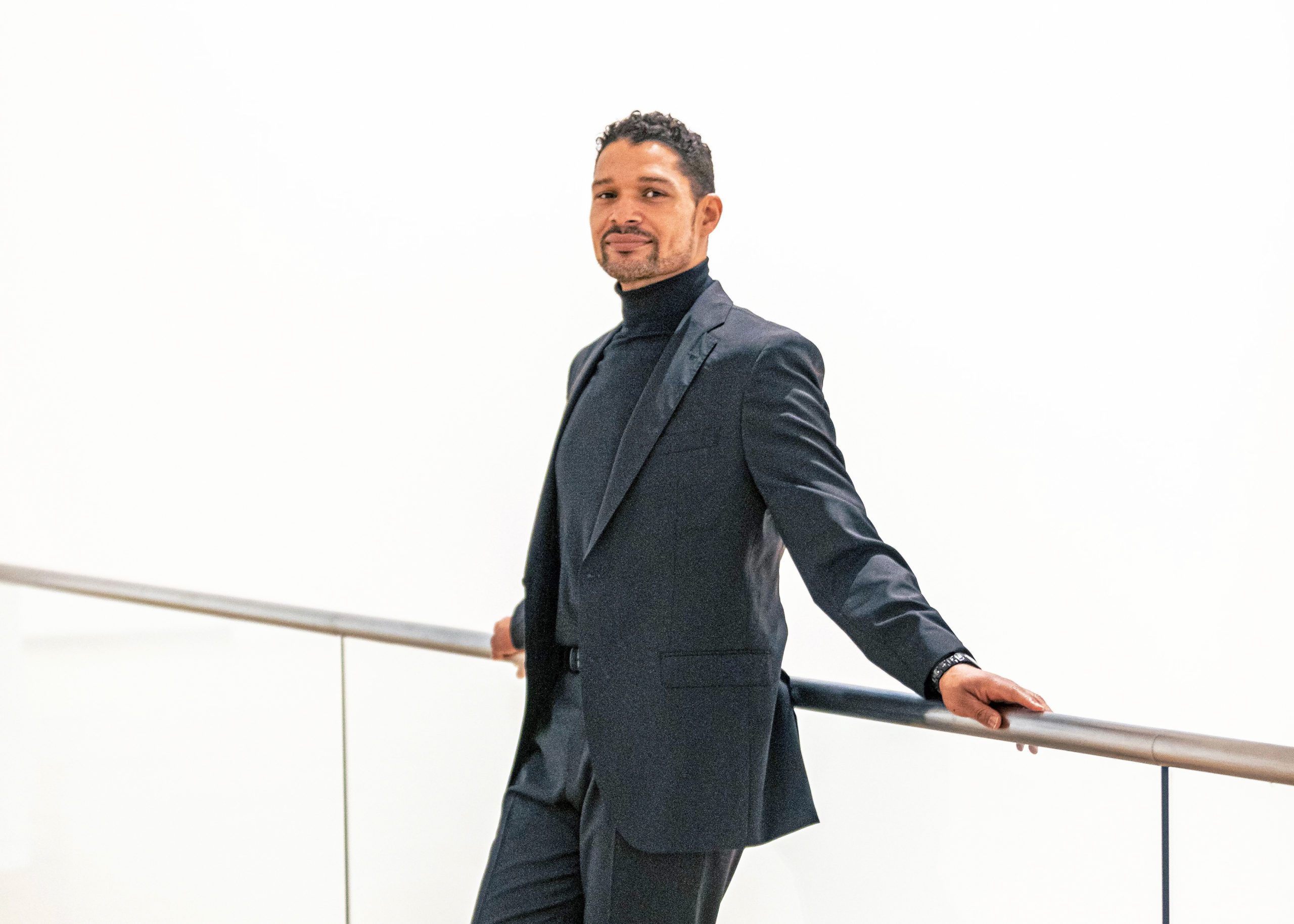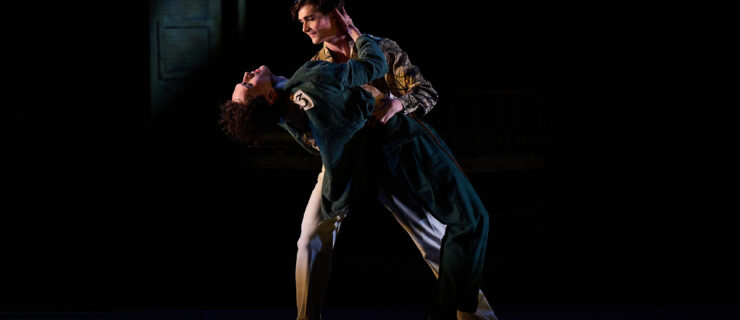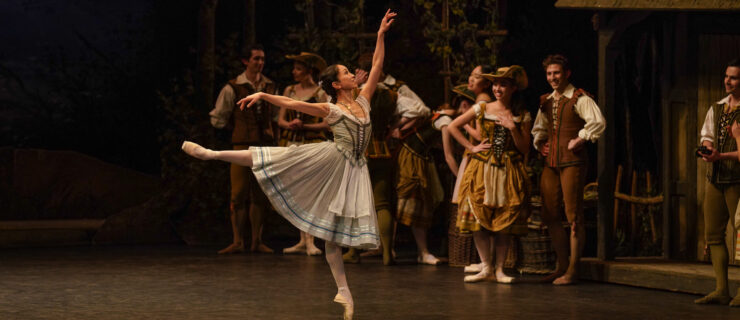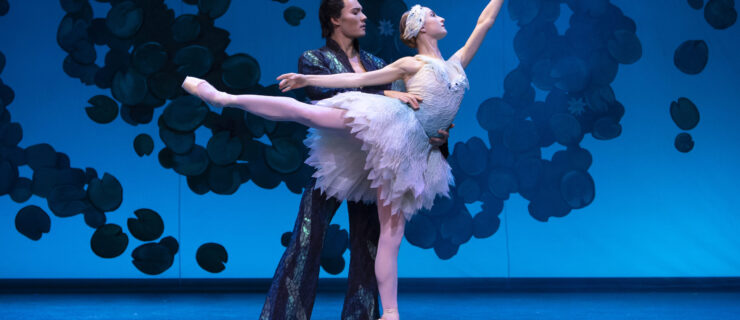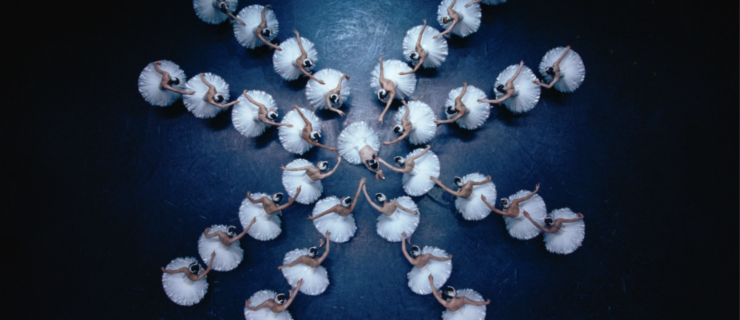Adam W. McKinney Named Artistic Director of Pittsburgh Ballet Theatre
Pittsburgh Ballet Theatre announced today that it has named Adam W. McKinney as its new artistic director, effective March 2023. McKinney becomes the company’s seventh artistic director and first director of color in PBT’s 54-year history. He will succeed Susan Jaffe, who recently took the helm at American Ballet Theatre.
The 46-year-old McKinney is a former dancer with Alvin Ailey American Dance Theater, Alonzo King LINES Ballet, Béjart Ballet Lausanne, Cedar Lake Contemporary Ballet and Milwaukee Ballet. He has a BA in dance from Butler University and an MA in dance studies, race and trauma theories from New York University.
“We are so excited to welcome Adam to PBT,” says acting executive director Kathryn Gigler in a statement. “He brings with him incredible creativity, energy and kindness and his leadership is going to have such a positive impact at PBT and in Pittsburgh.”
Originally from Milwaukee, Wisconsin, McKinney has traveled the world as a performer, dance educator and U.S. Embassy Culture Connect Envoy through the U.S. State Department. He is the co-director of DNAWORKS, an arts and service organization committed to healing through the arts and dialogue. He leaves his most recent position as a tenured associate professor of Dance at Texas Christian University to come to PBT. Pointe spoke with McKinney shortly after he received the news of his hiring to learn about his vision and plans for the company.
What drew you to an artistic directorship?
I have always wanted to lead in this capacity. Given my background in ballet and work in centering community in dance, it feels like the perfect moment to bring my expertise to leading an organization and supporting, training, nurturing and developing the next generation of dance leaders.
Why Pittsburgh Ballet Theatre?
My late father lived and worked in Pittsburgh as a federal attorney. While he lived there, I visited Pittsburgh on several occasions. I have taken company class at PBT and have taught in their school. I already love Pittsburgh and when I saw the position opening, it felt like a good fit.
What in your career has helped prepare you for this role?
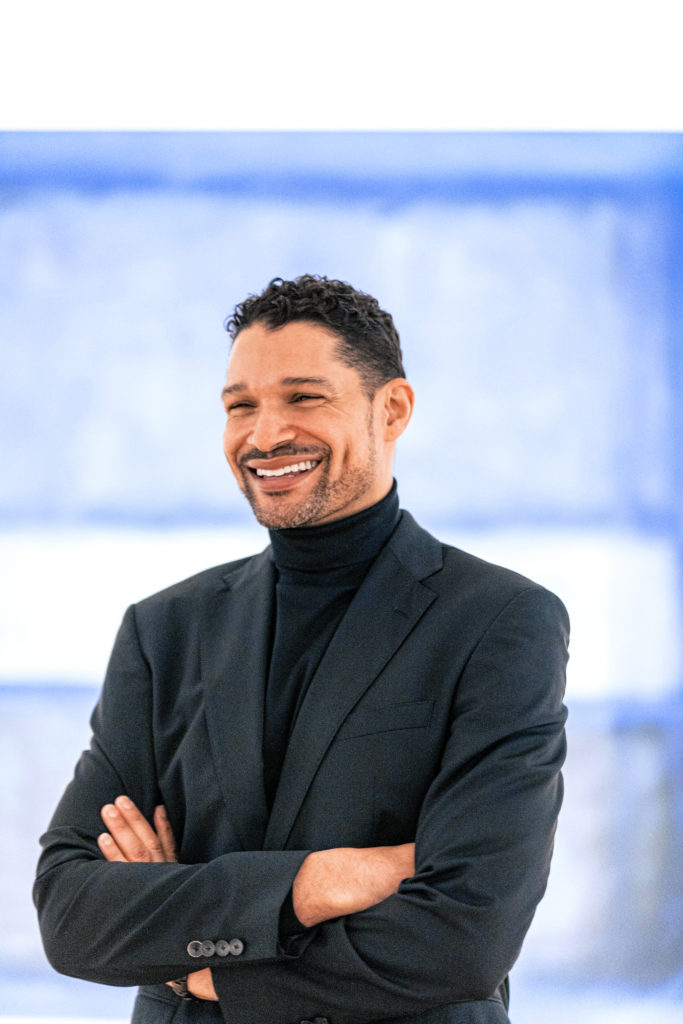
Having been a dancer in ballet companies, as well as having co-directed an arts organization. I have been all over the world teaching and directing. With this position at PBT I am now able to focus all I do in one place.
Did you create a prospective plan for the company?
I developed a five-year plan informed by the research I had done on the company. That will inevitably change as I know more about the people in the organization and about the city and our audiences. I have a vision for what might be possible. That vision will be responsive to what the organization and Pittsburgh need.
What are some of that plan’s short-term goals?
To continue the legacy of my predecessors Patricia Wilde, Terrence Orr, Susan Jaffe and others; to build dance literacy by introducing Pittsburgh to new works and new choreographers; to understand the function of ballet in community and the importance of it to community health; and, as a classicist, to continue to center classical ballet as an art form. What I really want to do is listen—to sit with people and ask them about what they need from PBT.
Will you be making any immediate changes to the organization?
No. My actionable plan is responsive and informed by the people with whom I am leading.
Were you given any directives from PBT’s board and leadership?
Yes, to lead boldly and program beautiful work. To uphold and champion diversity, inclusion, equity and access (DEIA), and to be committed to Pittsburgh.
What do you envision for PBT in areas of DEIA under your leadership?
Representation matters and the stories that we tell matter too. I think there are opportunities in ballet to tell stories that are representative of our diverse communities. PBT has a robust education and community engagement department. Of the many things the organization does well, access to ballet and dance is one of them. I am interested in continuing that work and ensuring nobody is denied access to ballet independent of their physical ability, financial background and culture. I want people to know they are welcome at PBT.
What is your vision for the repertory you want to program?
PBT has a great formula in centering classical works, with a particular focus on story ballets, and in bringing audiences mixed-repertory work. I will continue in that tradition. It is PBT’s identity. I am interested in bringing in choreographers I know and have relationships with, including those from Pittsburgh.
Will you choreograph on the company?
Absolutely. Not in 2023–24 season, which is set, and maybe not for the 2024–25 season, but I look forward to the opportunity in future.
What are you most excited about?
Being with the artists in the studio and getting into the work and starting a new life in Pittsburgh with my spouse, Daniel.
